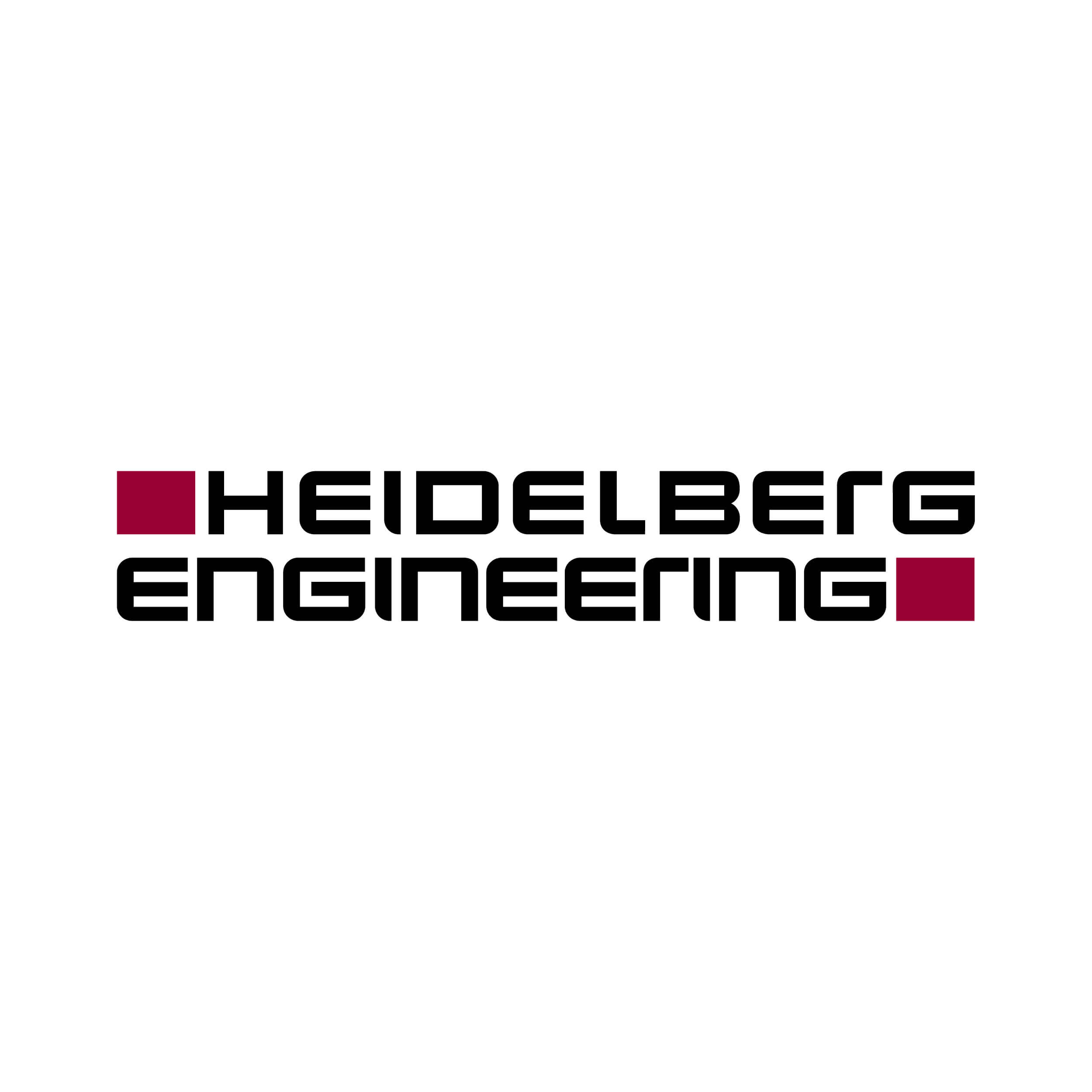
Heidelberg Engineering has entered into a patent license agreement with Massachusetts General Hospital (MGH) in Boston. The agreement grants global and exclusive rights to 77 basic patents and patent applications which relate to swept-source OCT technology and its application in ophthalmology.
Spectral domain OCT has become indispensable to eye care professionals worldwide to diagnose and follow-up patients with diseases of the posterior segment of the eye, such as age-related macular degeneration, diabetic retinopathy, or glaucoma. Swept-source OCT technology has specific characteristics which are ideal to acquire comprehensive information about a wide variety of properties of the anterior part of the eye, especially of patients who have to undergo cataract or refractive surgery. “Later this year we will introduce a new swept-source technology based platform product to examine the anterior segment of the eye” said Dr. Tilman Otto, Head of Research and Development of Heidelberg Engineering. “It integrates sophisticated imaging and measurement functions and will be the basis for a growing number of exciting analytical and imaging features in the future.” Along with the patent license agreement MGH’s Wellman Center for Photomedicine and Heidelberg Engineering have established a long-term relationship on OCT research. Heidelberg Engineering is supporting this research which is led by one of the inventors of the swept-source OCT technology, Brett E. Bouma, PhD, Associate Physicist in the Wellman Center for Photomedicine at the Massachusetts General Hospital and professor at Harvard Medical School. The intent of both partners is to transfer future research results into clinically relevant concepts and products.
